12 Fascinating Facts About Turtles That Will Blow Your Mind On World Turtle Day

KEY POINTS
- Jonathan is believed to be the oldest known tortoise
- Sea turtles can stay underwater for a long time
- Turtles can breathe through their butts
World Turtle Day is about learning about the amazing and diverse life of turtles. It is also the time to discuss the threats turtles face, including pollution, climate change, and illegal fishing practices.
Some organizations mainly focus on protecting them by creating sanctuaries and taking other conservation actions. Still, there are many simple things everyone can do, from reducing plastic waste to supporting these groups that work toward turtle conservation. In commemoration of World Turtle Day, let us all take a look and feed our minds with some interesting facts about turtles.
12.
Ability To Stay Underwater For Long Periods

Sea turtles can stay underwater for extended periods due to their capabilities as reptiles, which allow them to breathe air. They even sleep underwater and usually remain in the sea, only briefly returning to nesting areas to lay eggs. An exception is found in the Pacific Islands, where green turtles come ashore regularly to bask on the beach.
11.
Most Turtles Are Omnivores

Many turtles and tortoises are omnivores, eating both plants and other types of food like fish, snails, worms and insects. Some turtles are purely herbivorous, consuming only grass, leafy plants, flowers, fruits and cacti. Certain species have specific diets; leatherback turtles and hawksbill turtles feed on jellyfish, even the poisonous variety. Some turtles are outfitted with broad, strong jaws for cracking mollusk shells.
10.
Approximately 356 Species Have Been Discovered

There are approximately 356 distinct species of turtles, consisting of freshwater and saltwater varieties, found across all continents except Antarctica. Tortoises (family Testudinidae) have distinguishing anatomic features which differentiate them from other turtles. But the term "tortoise" is also used to refer to terrestrial Testudines such as the box turtle and wood turtle.
9.
Larger Species Live Longer
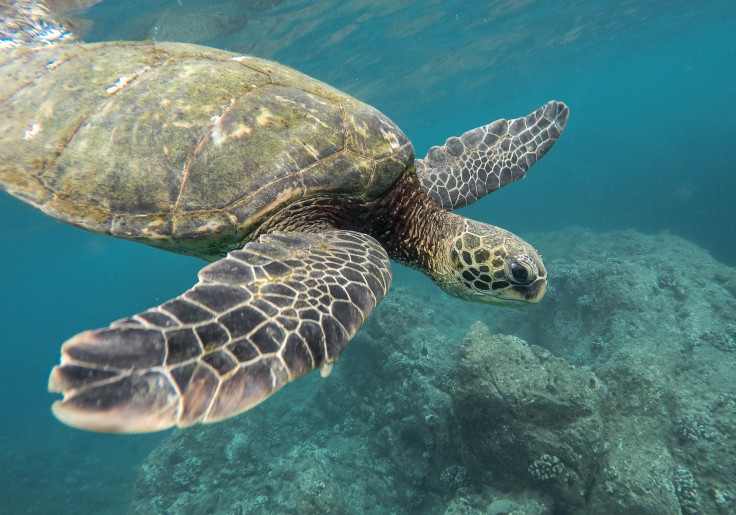
Turtles and tortoises can have remarkably long lifespans, with some living over 150 years. Larger species usually live the longest, while smaller specimens generally survive for 15 to 25 years. Genetics can influence a turtle or tortoise's longevity, but more often it is their care that determines how long they will live. Proper nutrition, temperature, humidity, water cleanliness, vitamin supplementation, UV light exposure, housing size and enrichment are all important factors for keeping turtles and tortoises healthy and happy. Failure to meet these needs can lead to illnesses that shorten their lives.
8.
Turtles Also Get Oxygen Through Their Butts

Turtles can breathe through their butts through a process called cloacal respiration. This method involves taking oxygen from the water flowing over the blood vessels in the cloaca or the butt. Other reptiles and amphibians, such as frogs and salamanders, can also do this type of breathing. This is done when turtles cannot get oxygen through their lungs during the colder months of brumation. To get enough oxygen, they use their butts to breathe while underwater. This helps them to survive in oxygen-scarce environments.
7.
Turtles Can Lay Up To 200 Eggs
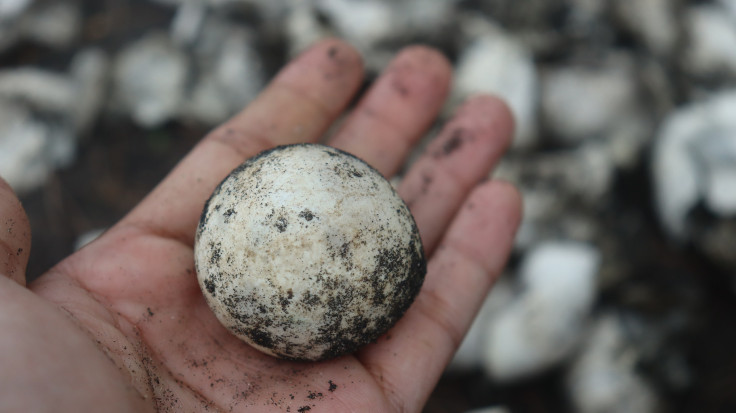
Sea turtles lay between 50-200 eggs, depending on the species. Green turtles usually lay 110 eggs per clutch, while black subspecies lay around 65-90. Olive and Kemp's ridleys also lay an average of 110 eggs per clutch. Hawksbill females tend to lay 130 eggs in a clutch, Loggerheads 122 and Flatbacks 54. Leatherback nests typically contain 50 to 100 eggs. Females come ashore at night, alone and during high tide, to dig a nest in the sand, which they fill with their eggs. They make these nests several times over multiple months before hatching two months later. Once hatched, the baby sea turtles hurry to the sea and journey offshore into the open ocean.
6.
Temperature Determines Their Offspring's Gender

The gender of sea turtles is determined by the temperature in the nest. Male hatchlings are produced from cooler incubation temperatures, while female hatchlings come from warmer incubation temperatures. Fluctuations between these two extremes will result in a mix of both sexes. As global temperatures rise, research shows that fewer male turtles are hatching from nesting beaches — a concerning trend.
5.
Leatherback's Appearance Is Unchanged
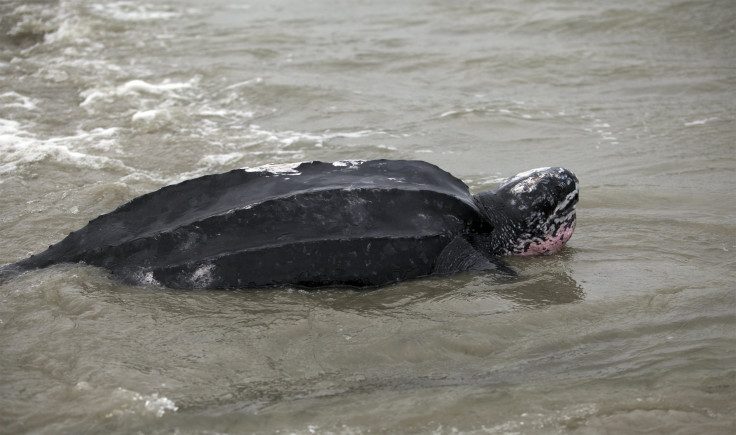
The Leatherback sea turtle is a remarkable creature, having an unchanged appearance since the period of dinosaurs. It can reach up to six feet and weigh two thousand pounds. These turtles are also highly migratory. On average, they migrate 3,700 miles each way between breeding and feeding areas.
4.
Loggerheads Travel Up To 8,000 Miles

Loggerheads are known to take long migrations, sometimes traveling up to 8,000 miles. One particular population hatches its eggs in Japan and then travels an astonishing 12,000 kilometers (7,456 miles) across the Pacific Ocean to the feeding grounds off Mexico's Baja California coast. Loggerheads have adapted their diet for this long journey, usually eating bottom-dwelling invertebrates such as clams, mussels, crabs and shrimp. In the open ocean, they shift to a diet of jellyfish, squid and other floating egg clusters.
3.
Sea Turtles Can't Retract Into Their Shells
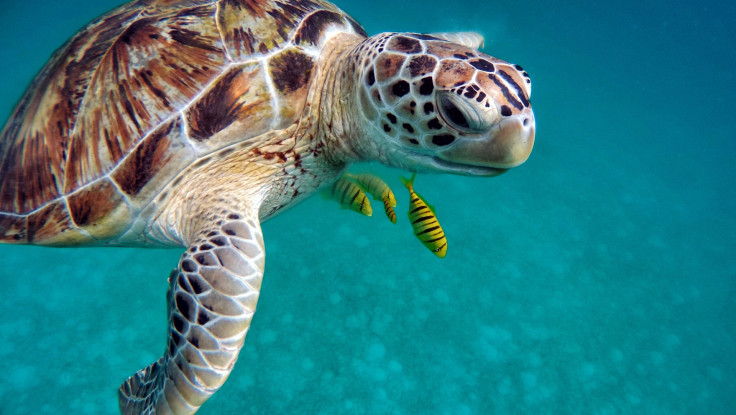
Sea turtles can't retract into their shells like other turtles. Instead, they have evolved streamlined, flattened shells and large paddle-shaped flippers to help them swim quickly and gracefully through the water. These features allow them to be more agile than traditional turtles, which typically have bulky shells that make it difficult for them to move quickly. This agility helps them evade predators, even without the ability to hide away in their shells like other turtles can. Their rear flippers also act as rudders, providing them with better steering abilities in the water.
2.
Kemp's Ridley Nests During Daylight
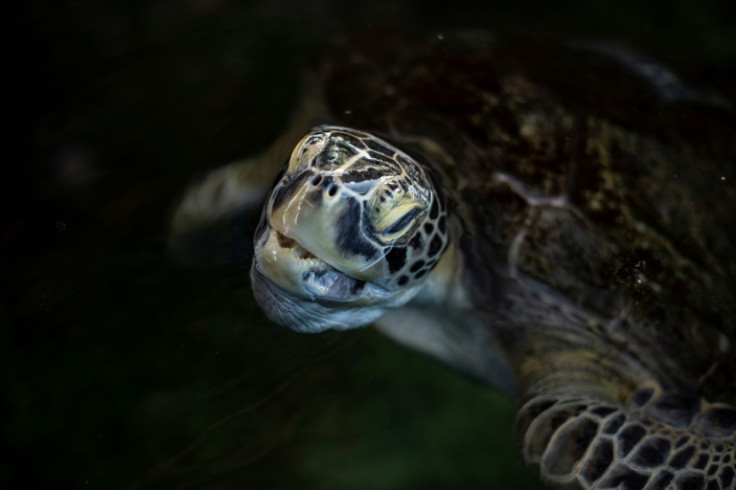
The Kemp's ridley is reportedly the only sea turtle that nests mostly during day hours. A large group tends to come ashore and nest — called arribada, the Spanish term for "arrival." It usually takes up to takes 30 years for a sea turtle to reach its sexual maturity. Every time a female feels ready to lay eggs, she comes back to the nesting beach where she was born.
1.
Jonathan Is The Oldest Tortoise

Jonathan, a Seychelles giant tortoise (Aldabrachelys gigantea hololissa), is believed to be the oldest known tortoise and land animal in the world, at an estimated age of 190 years old. The reptile was initially from the Seychelles and now lives in St. Helena, a British Overseas Territory. He was said to be "fully mature" when he arrived on the island in 1882. An old photo taken between 1882 and 1886 showed Jonathan with several locals, confirming his age estimate.
© Copyright IBTimes 2025. All rights reserved.





















